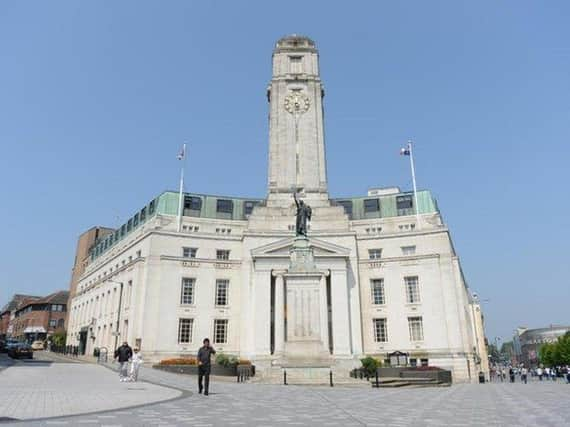Luton Council to consult on new polling stations for the next election


For the May local elections in 2023, voting will elect 48 councillors for the borough council, across 20 wards in the town, with 12 two-councillor and eight three-councillor areas.
"Officers have reconfigured the electorate for each ward to reflect the new boundaries," according to a report to the local authority's administration and regulation committee.
Advertisement
Hide AdAdvertisement
Hide Ad"Those were determined by the Local Government Boundary Commission for England in January," said the report.
"While the majority of the buildings and locations currently used will continue as polling stations, the voters attending these may have changed because of the new boundaries."
LBC's electoral services manager Sam Freer said: "The committee is being asked for feedback on the draft recommendations for changes to polling districts and polling places in Luton, after the boundary commission published its final recommendations.
"We're going from 19 to 20 wards as of next May, and losing Crawley, Icknield and Limbury.
Advertisement
Hide AdAdvertisement
Hide Ad"We're adding Beech Hill, Central, Poets and Vauxhall. Even the wards which still exist aren't the same. All the wards have new boundaries and include different streets.
"A consultation exercise has to take place and we'll talk to councillors, disability groups, the polling stations and other stakeholders from June 1st to August 1st.
"Legally wards have to be divided into polling districts and each must have a polling place, preferably within the polling district area.
"Accessibility is a key part for electors with disabilities so they can enter the polling stations."
Advertisement
Hide AdAdvertisement
Hide AdHart House in the Vauxhall ward and Warden Hill cricket pavilion in Bramingham are two anticipated new polling stations, added Mr Freer.
"You can still make comments on the final recommendations, as there'll be another committee meeting after that."
The committee is responsible for agreeing the polling districts and the polling stations assigned to these areas.
Liberal Democrat Stopsley councillor David Wynn, whose area is absorbing sections of Round Green and Wigmore wards, asked:
Advertisement
Hide AdAdvertisement
Hide Ad"Which roads in the new patch will be significantly further from a polling station?
"We're going from three councillors to two in Wigmore, and from two to three in Stopsley, with an expansion here and a contraction of Wigmore ward, which is why it becomes more complicated."
Mr Freer replied: "I don't have figures which say certain properties are further away."
Labour Dallow councillor Hannah Adrees, who was on the review committee said: "I know how difficult it was to separate (wards) because the numbers were so high.
Advertisement
Hide AdAdvertisement
Hide Ad"I speak for Dallow and we really need the figures there to be cut. When I'm looking at Dallow and Biscot it seems fair enough."
Final proposals on the new polling districts, and the location and suitability of polling stations will be reported back to
committee after the formal consultation period, identifying any changes recommended, added the report.
"The figures for the electorate and the number of properties in the town are based upon 2027 forecasts, to make the proposals as future-proof as possible in anticipating increased voters and properties.
"The new ward border configurations can't be altered as they're set by the boundary commission. Changes to the polling stations and districts in each new ward can be made."